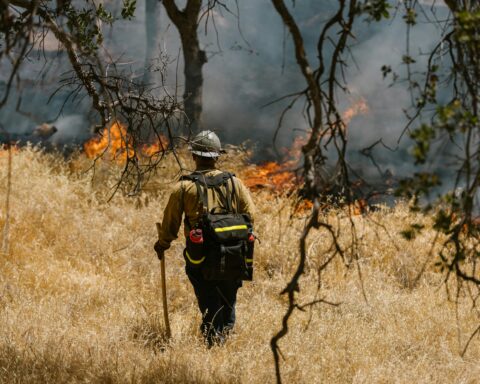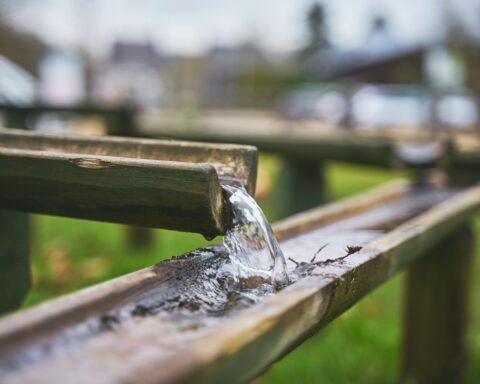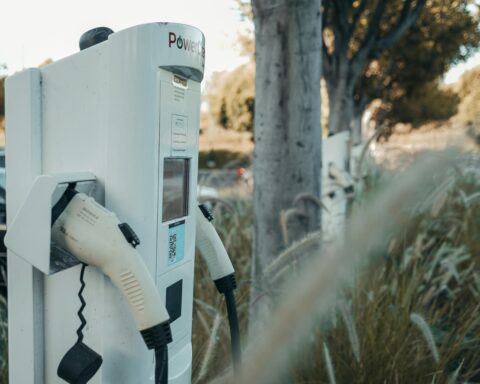The U.S. Environmental Protection Agency (EPA) is making nearly $41 million available through the Sewer Overflow and Stormwater Reuse Municipal Grant program. The grants are intended to help communities across the nation address critical stormwater and sewer infrastructure needs, with an emphasis on assisting small and financially distressed communities.
“Our nation’s waterways are vital to healthy communities. They provide sources of drinking water, support farming, power economic opportunity, and give us opportunities to swim and to fish,” EPA Acting Assistant Administrator for Water Bruno Pigott said in a funding announcement. “Keeping our waterways clean and safe is essential, and stormwater runoff is one of the biggest pollution challenges facing our water ecosystems.”
When storms hit residential environments, whether urban or rural, it puts people at risk of devastating floods. As climate change makes rainfall more intense, much of the stormwater infrastructure across the nation needs upgrades to handle larger amounts of water. Water draining off roads carries pollution with it, threatening water supplies and aquatic habitats.
The EPA is distributing the $41 million to states and territories based on a formula that considers factors such as the needs identified in the most recent Clean Watersheds Needs Survey, total population, urban population and average annual precipitation. California will receive the largest amount with $4.31 million, followed by Ohio and New York, receiving $2.80 million and $2.57 million. The smallest grant amount is $203,000.
A key aspect of this grant program is its focus on small and financially distressed communities. At least 25% of each state grant must fund projects in communities with a population of 10,000 or less and/or those experiencing financial hardship.
Historically, the grant program required states and communities to share a fixed portion of the costs associated with projects. However, thanks to changes made through the 2021 Infrastructure Investment and Jobs Act, the EPA has modified the program to remove the cost-share requirement for projects located in communities with a population of 10,000 people or less, or those located in communities categorized as financially distressed by a definition explained in the law. These communities can now access the full amount of the allocated funds without having to contribute state or local resources.
The emphasis on under-resourced communities is part of the Justice40 Initiative, which aims to deliver 40% of the overall benefits of key federal investments to communities that have been historically marginalized and forced to bear the brunt of environmental pollution.
Now that the EPA has allocated the funding, state governments working in concert with regional EPA offices must take up the task of awarding it to specific projects. The projects must be finalized with interagency agreements by Sept. 30, 2025. Any funds not fully allocated to projects by that date can be put back into the general Congressional budget or transferred to other states and territories.
The Sewer Overflow and Stormwater Reuse Municipal Grant program is just one part of the broader efforts to invest in water infrastructure and protect public health. The Infrastructure Investment and Jobs Act is providing an additional $11.7 billion for water and wastewater infrastructure upgrades through the Clean Water State Revolving Fund, while the EPA’s Water Infrastructure Finance and Innovation Act program is offering another $6.5 billion.













